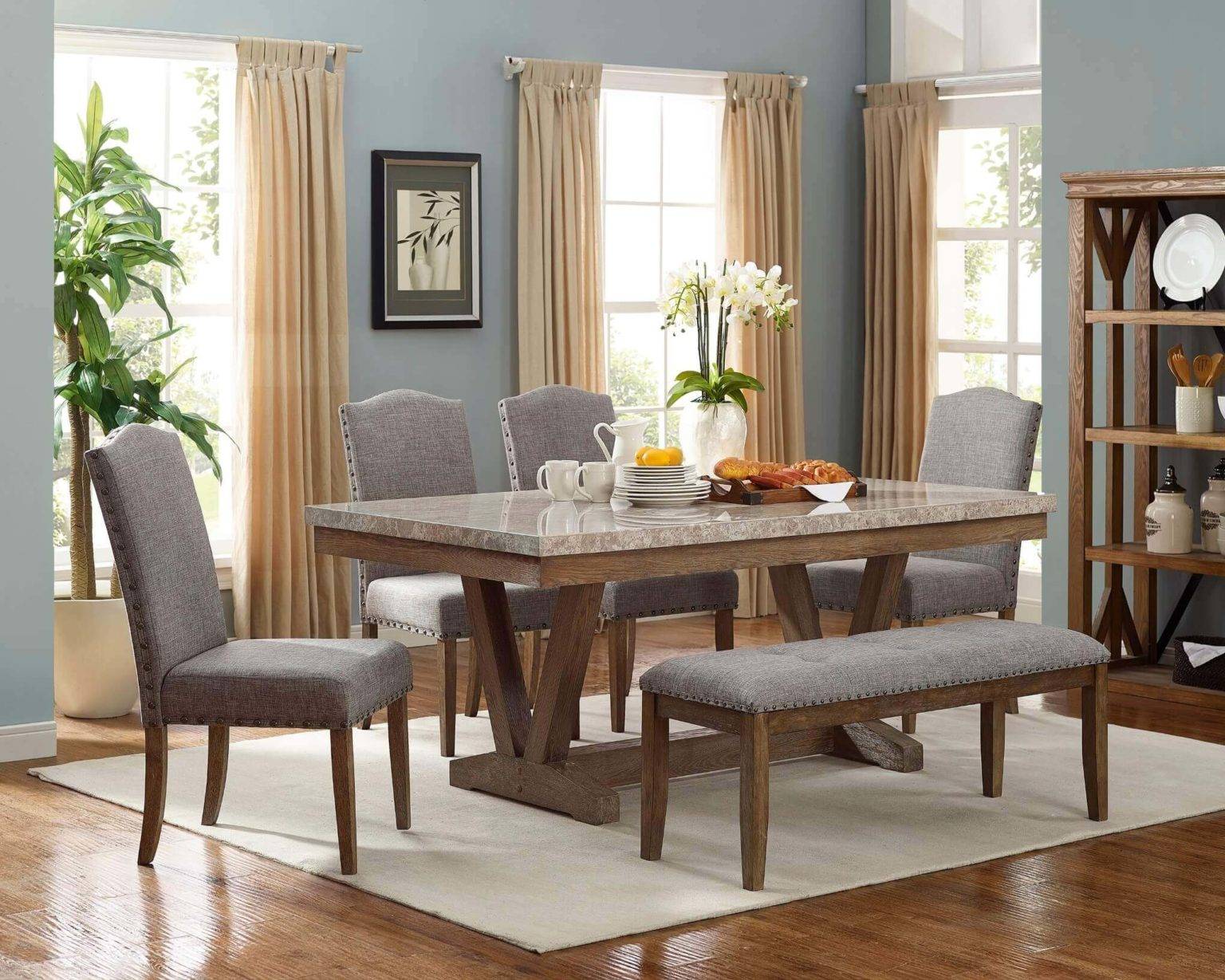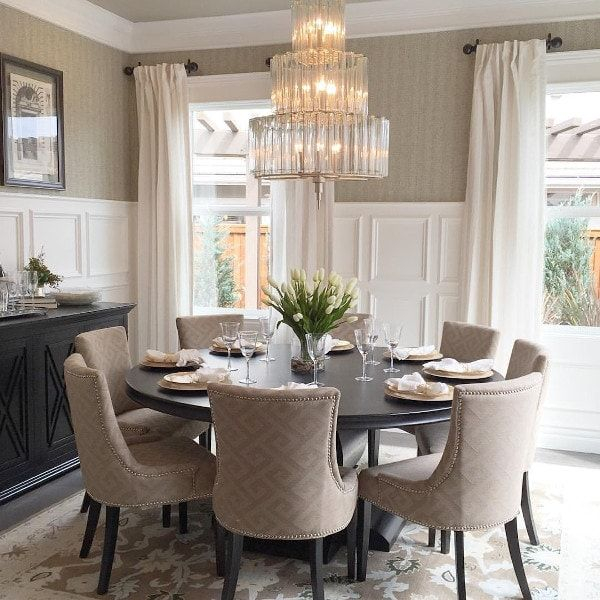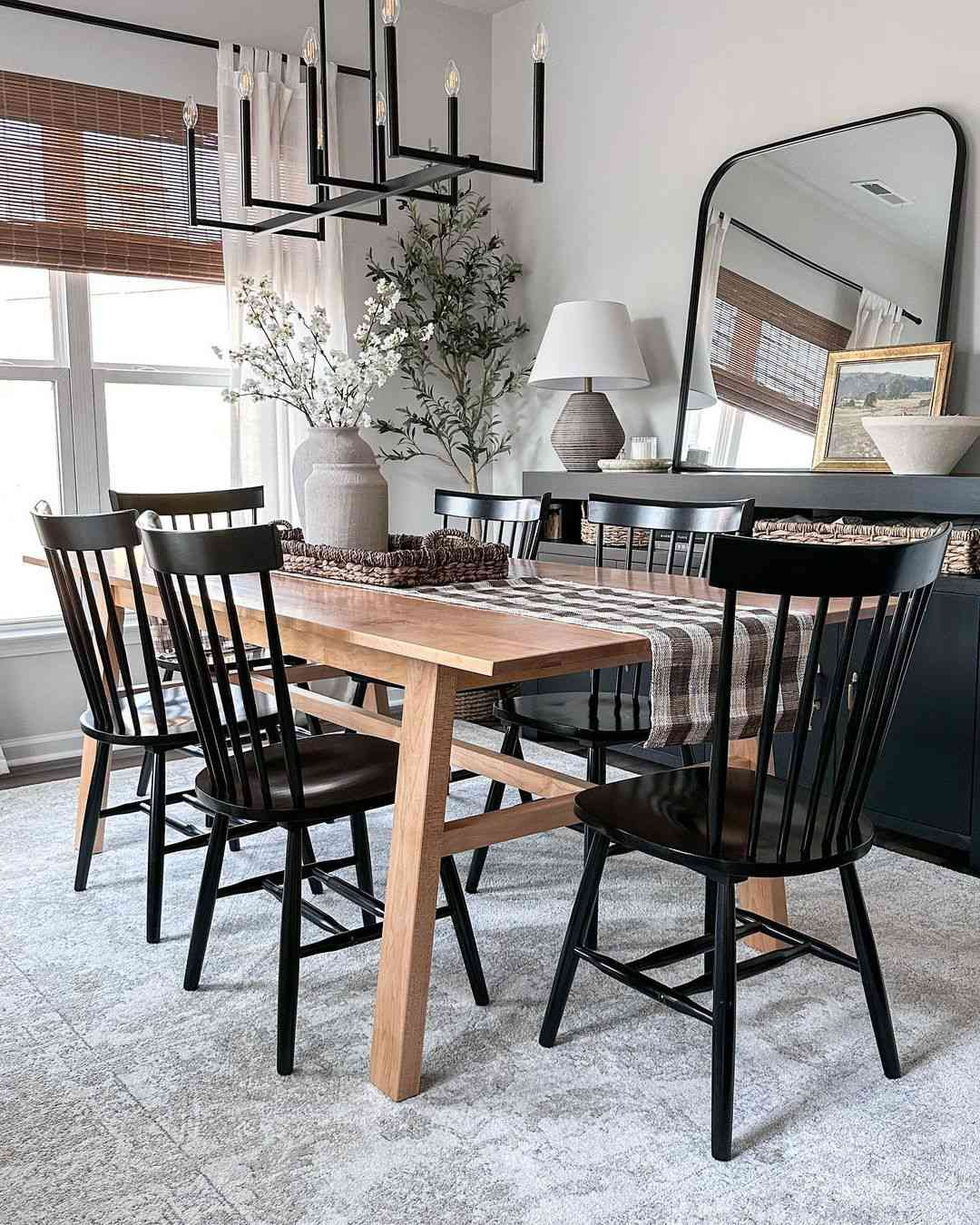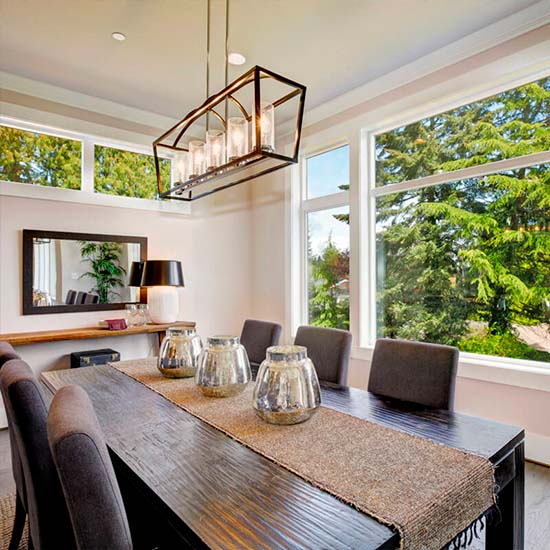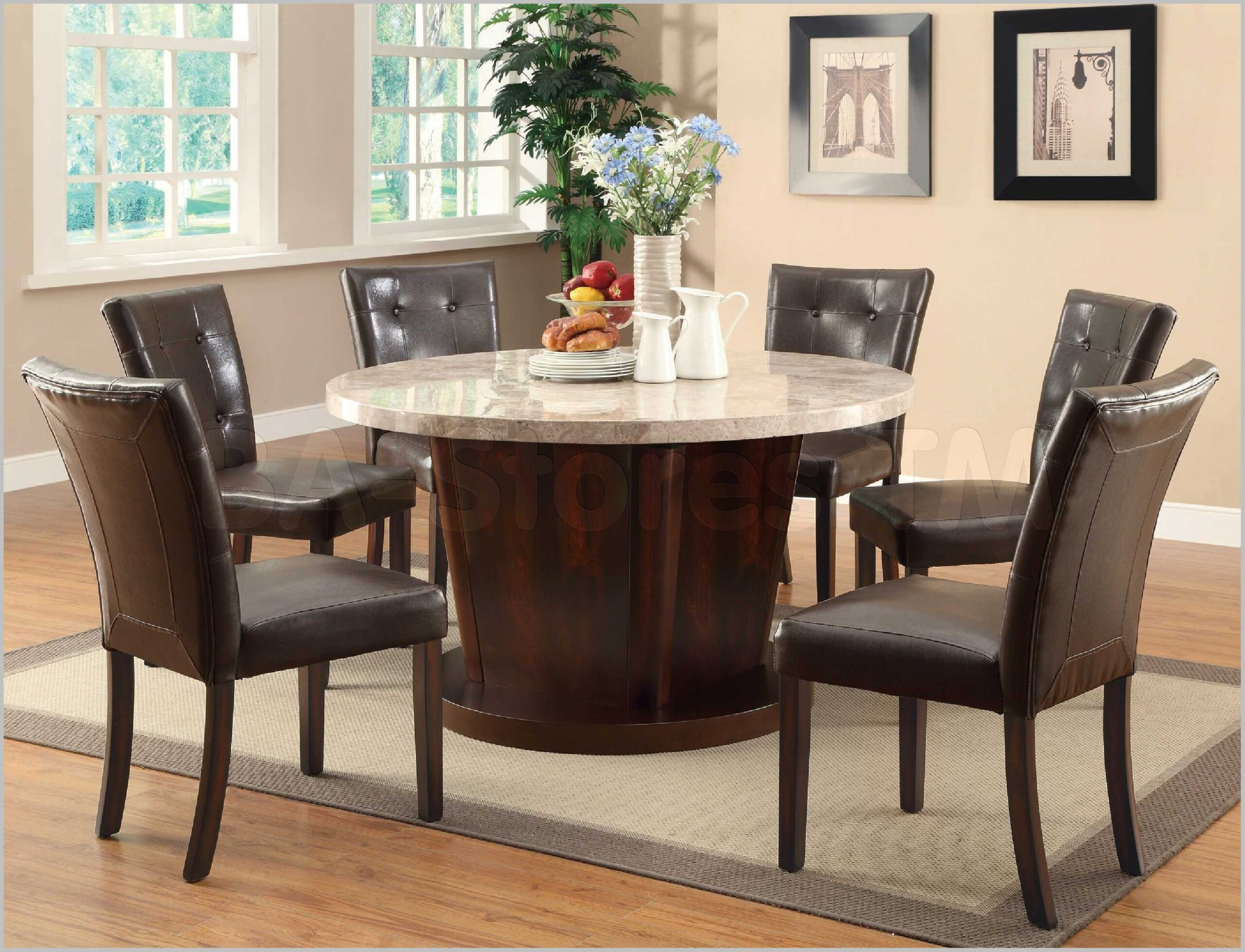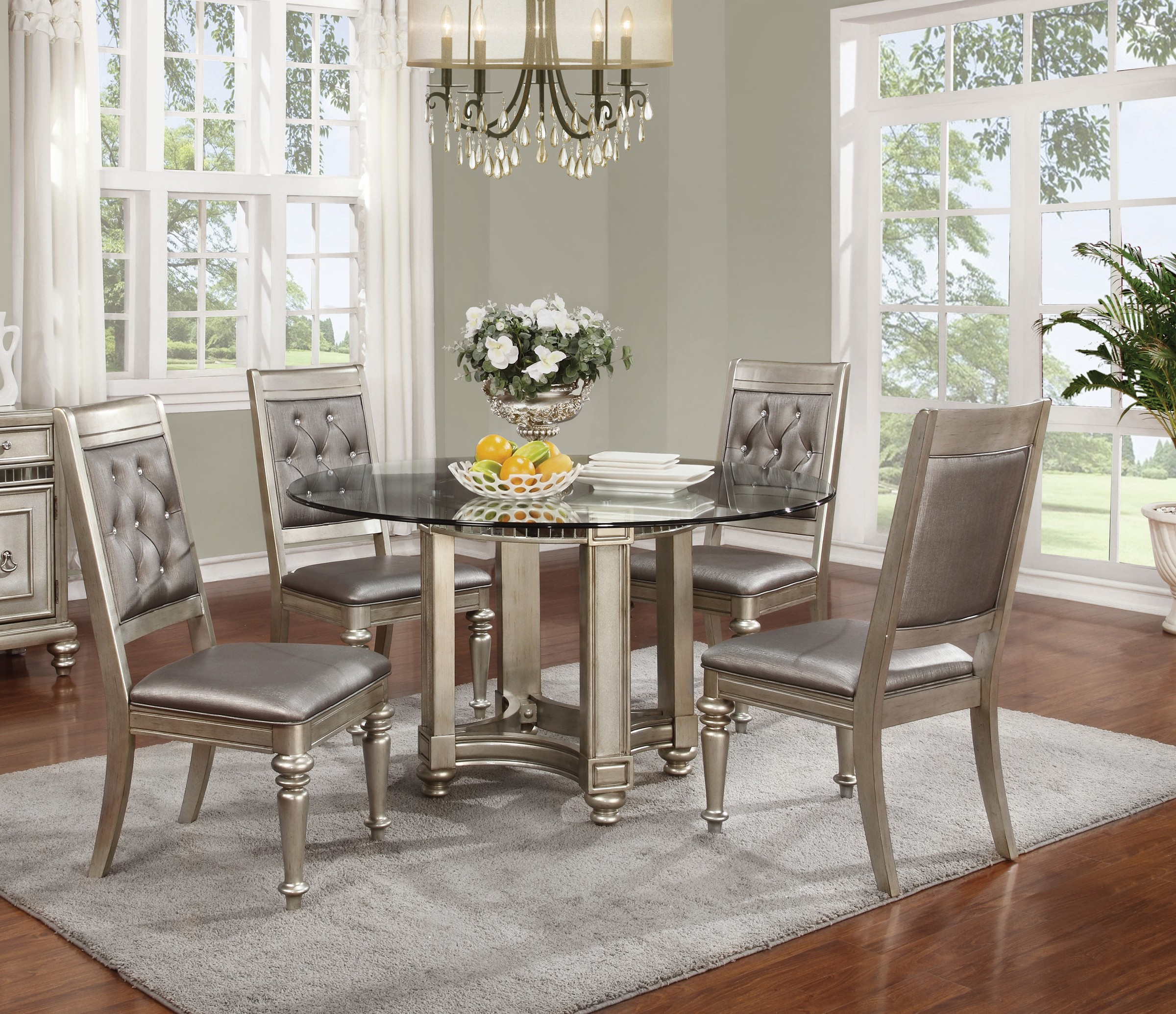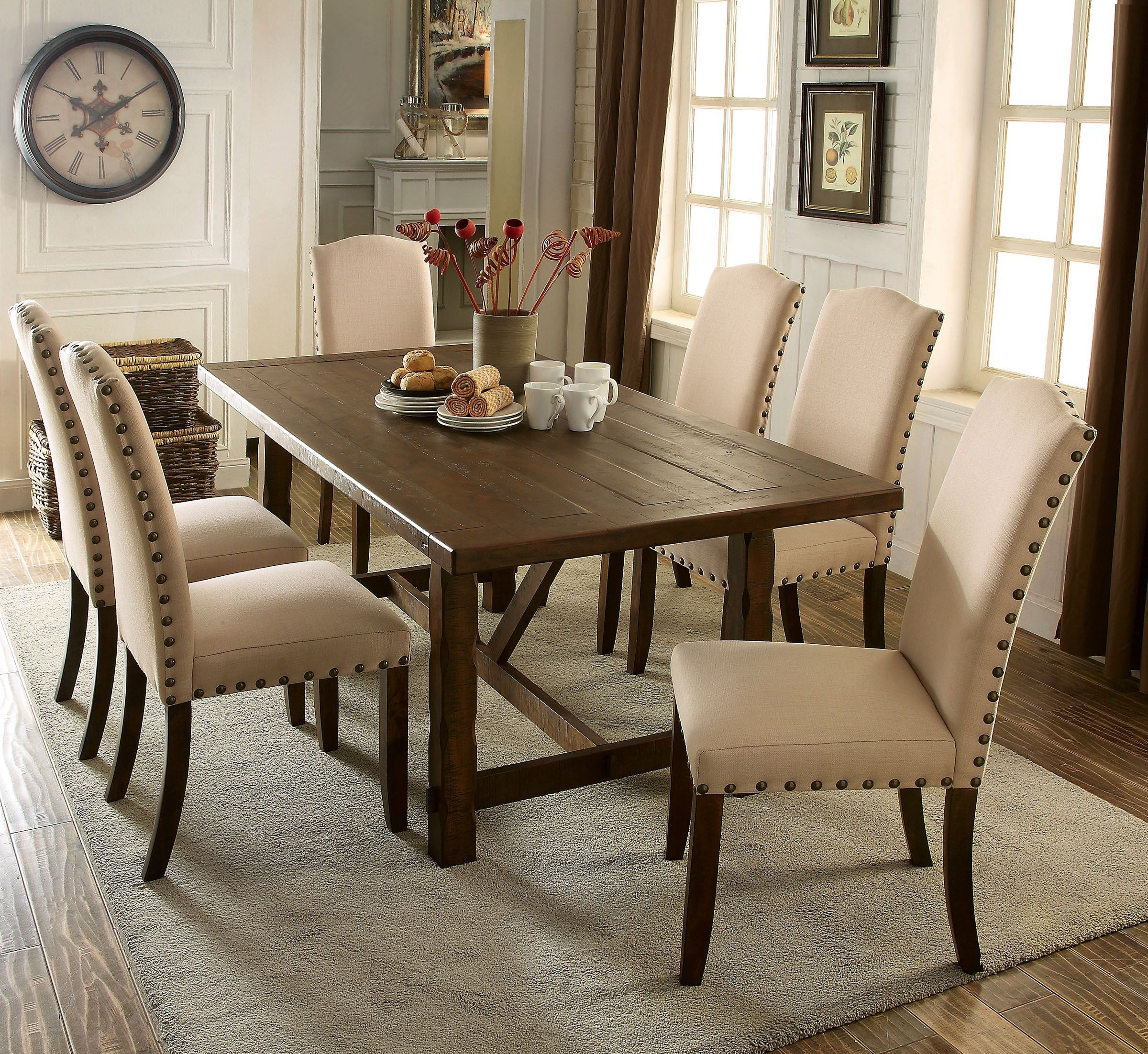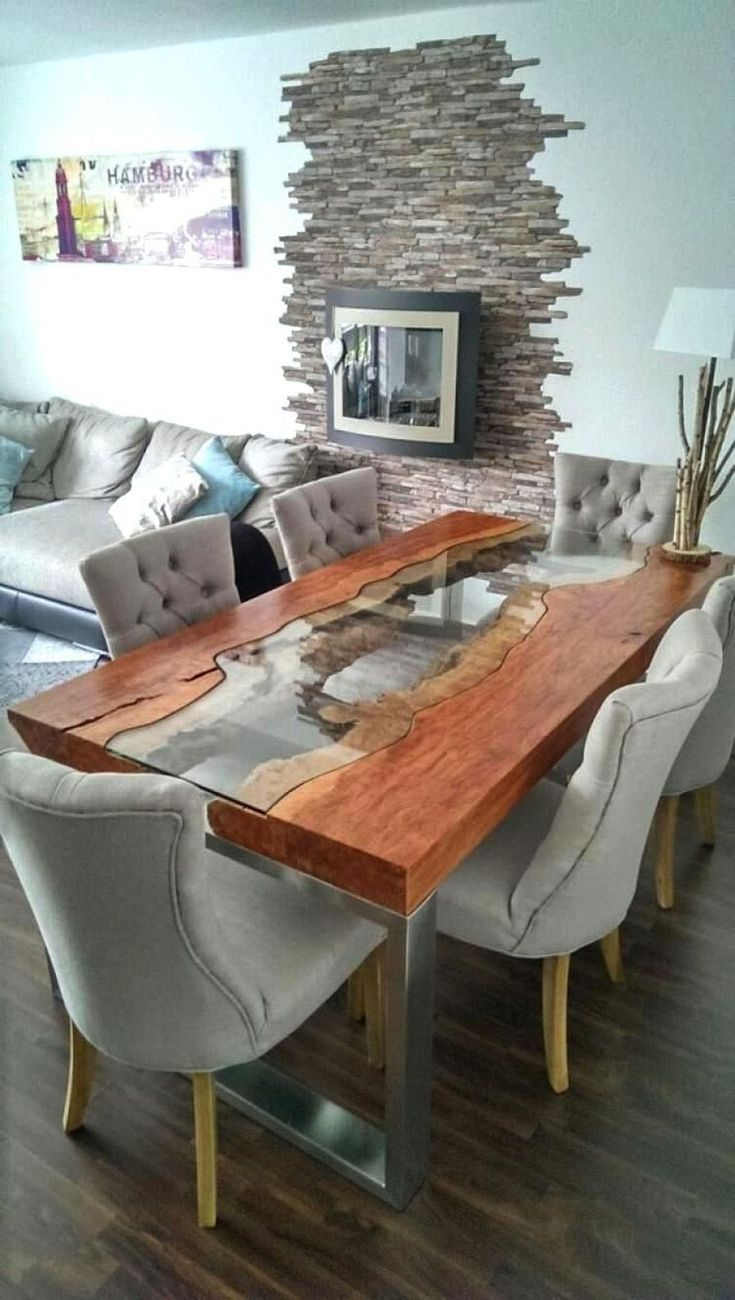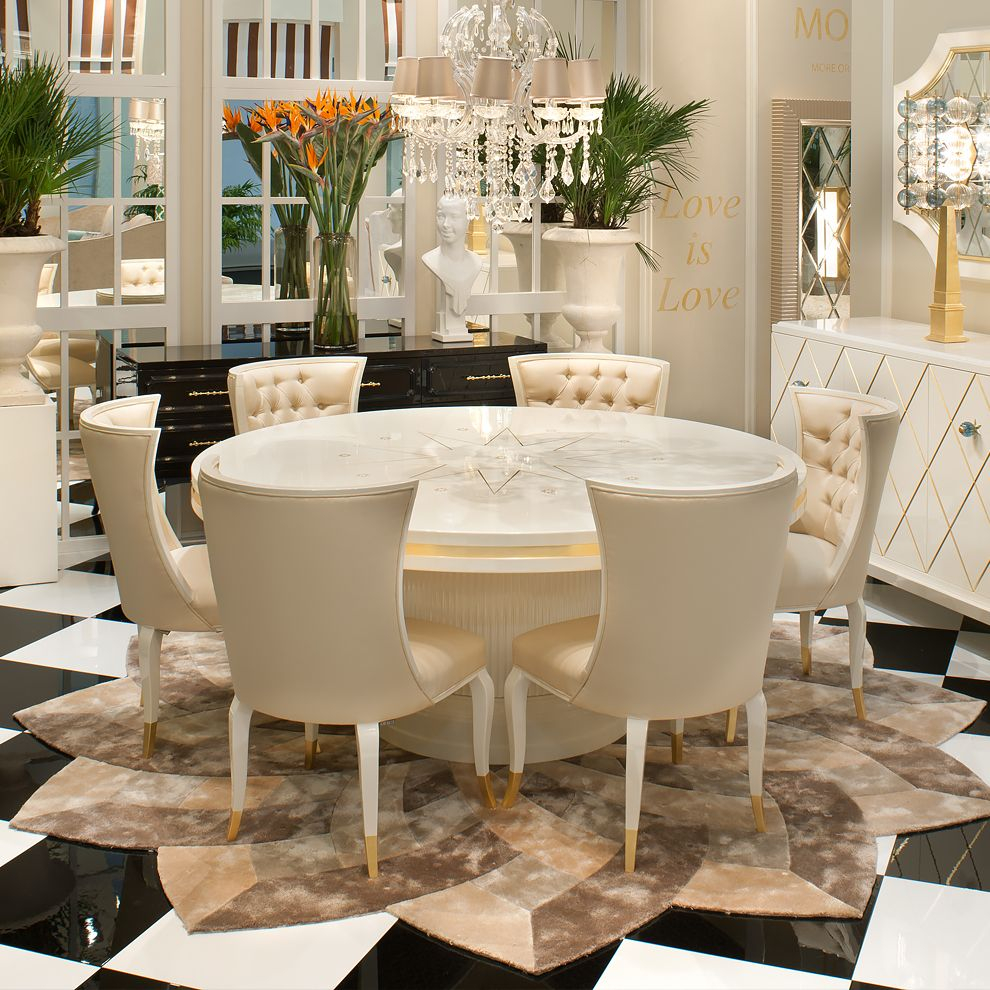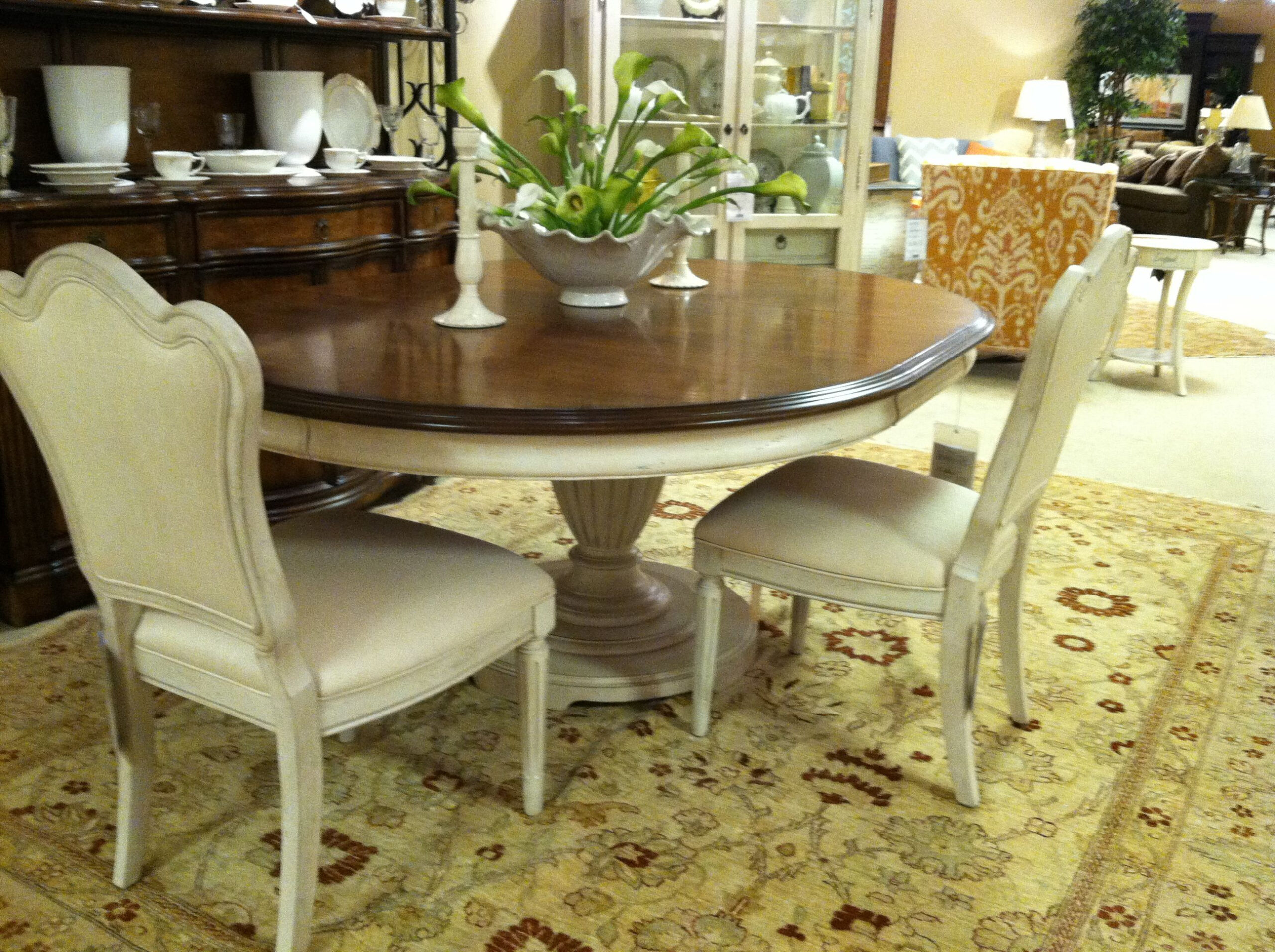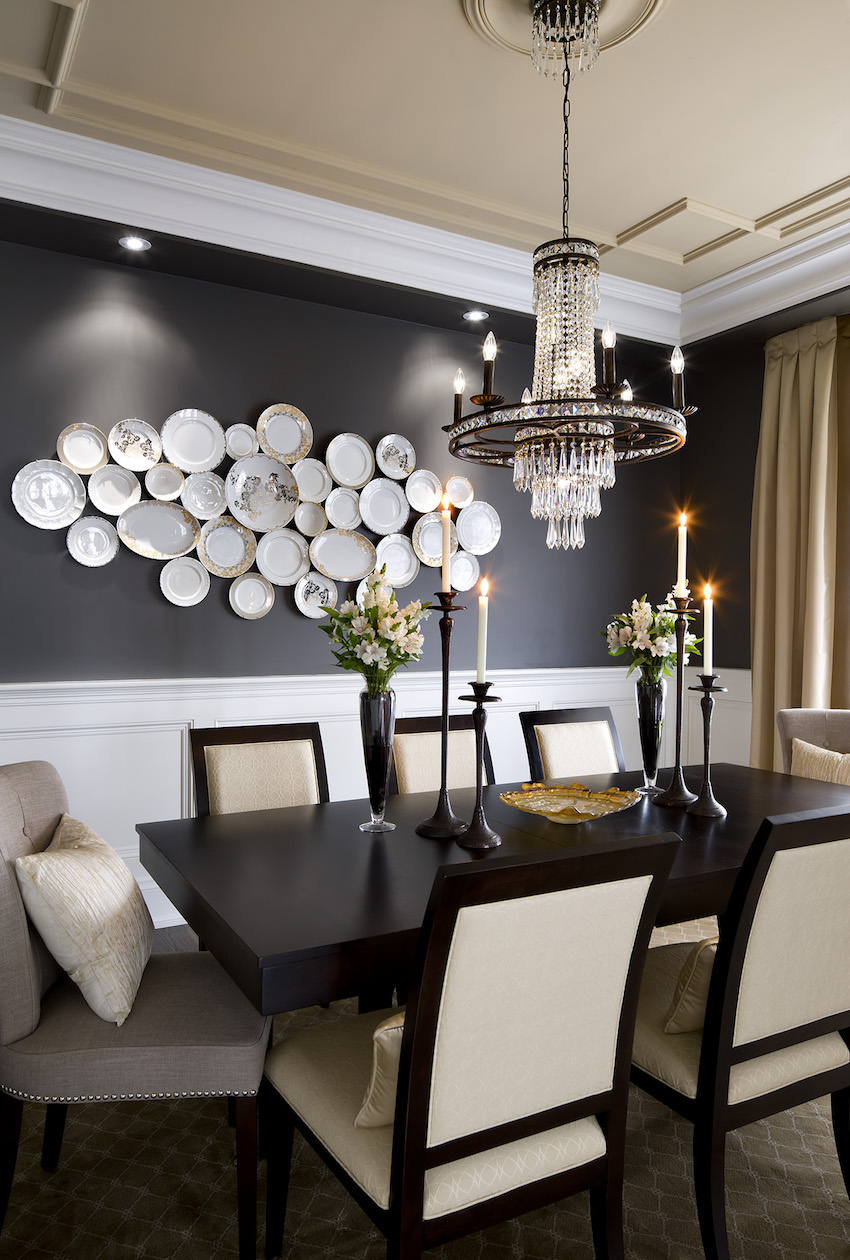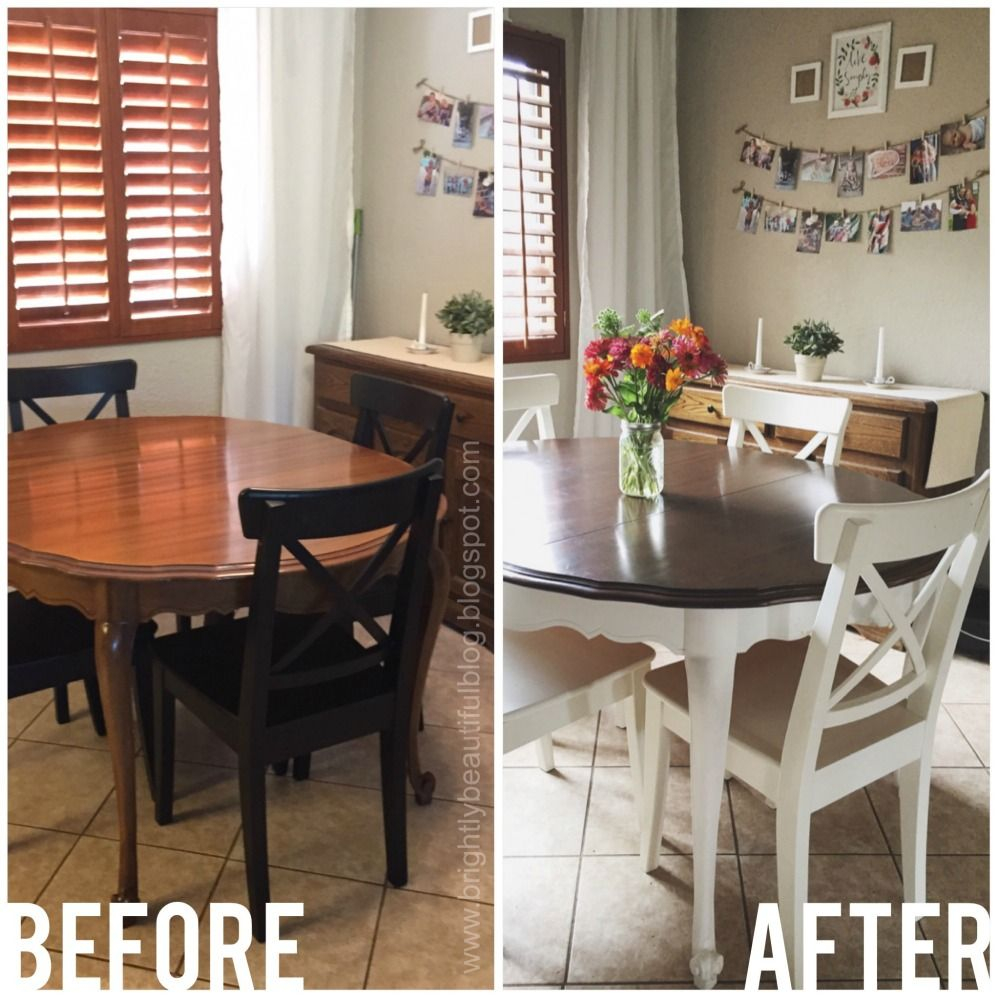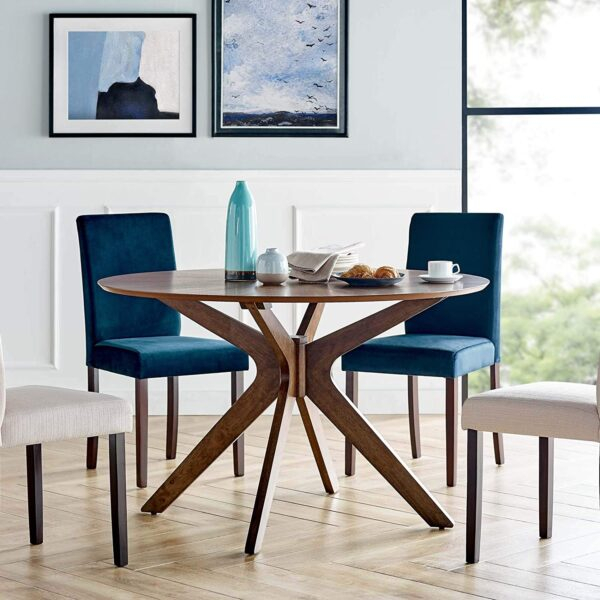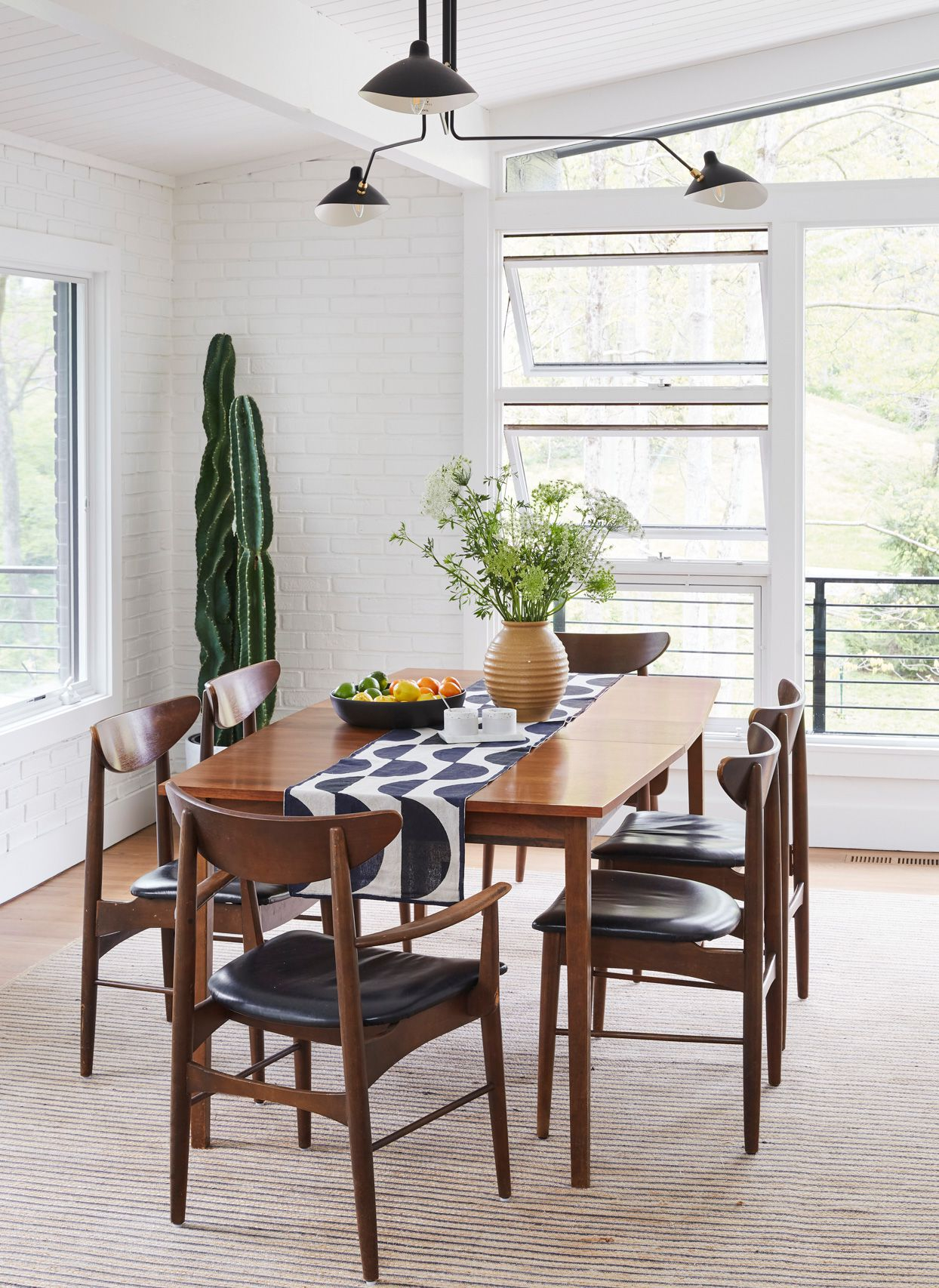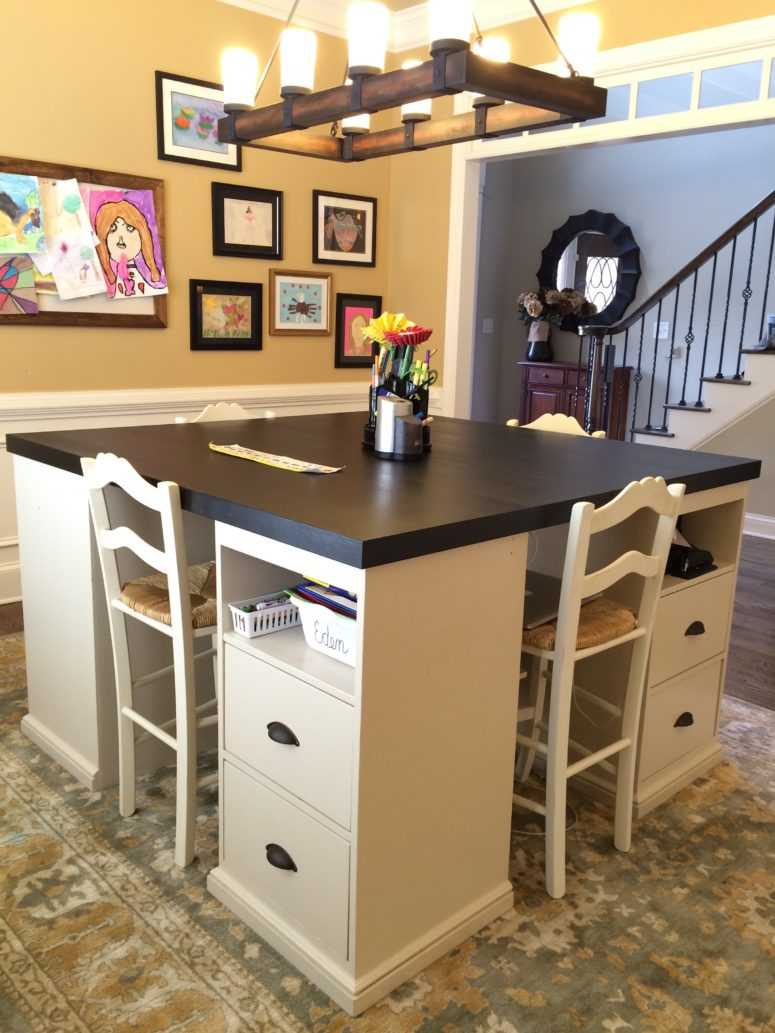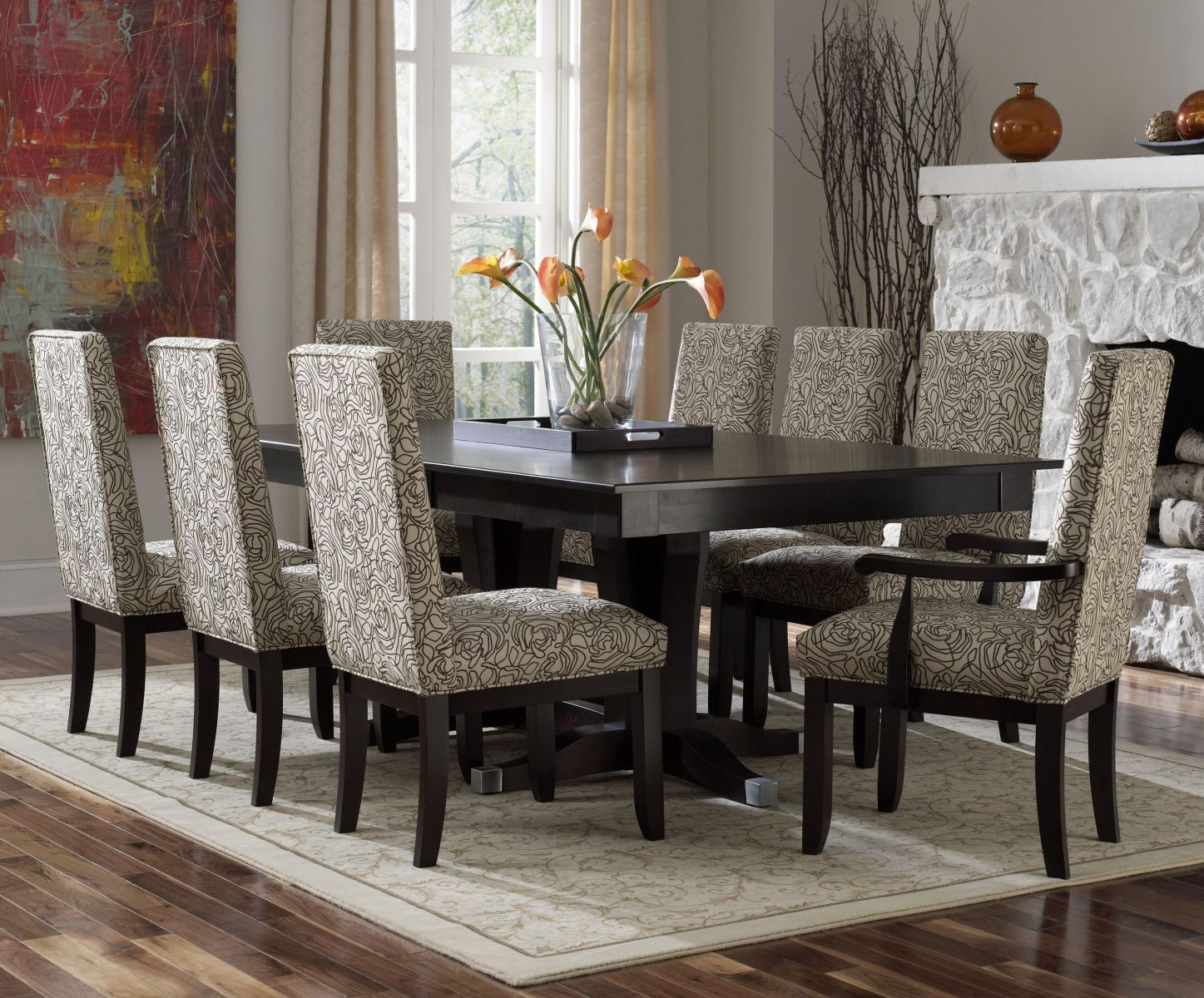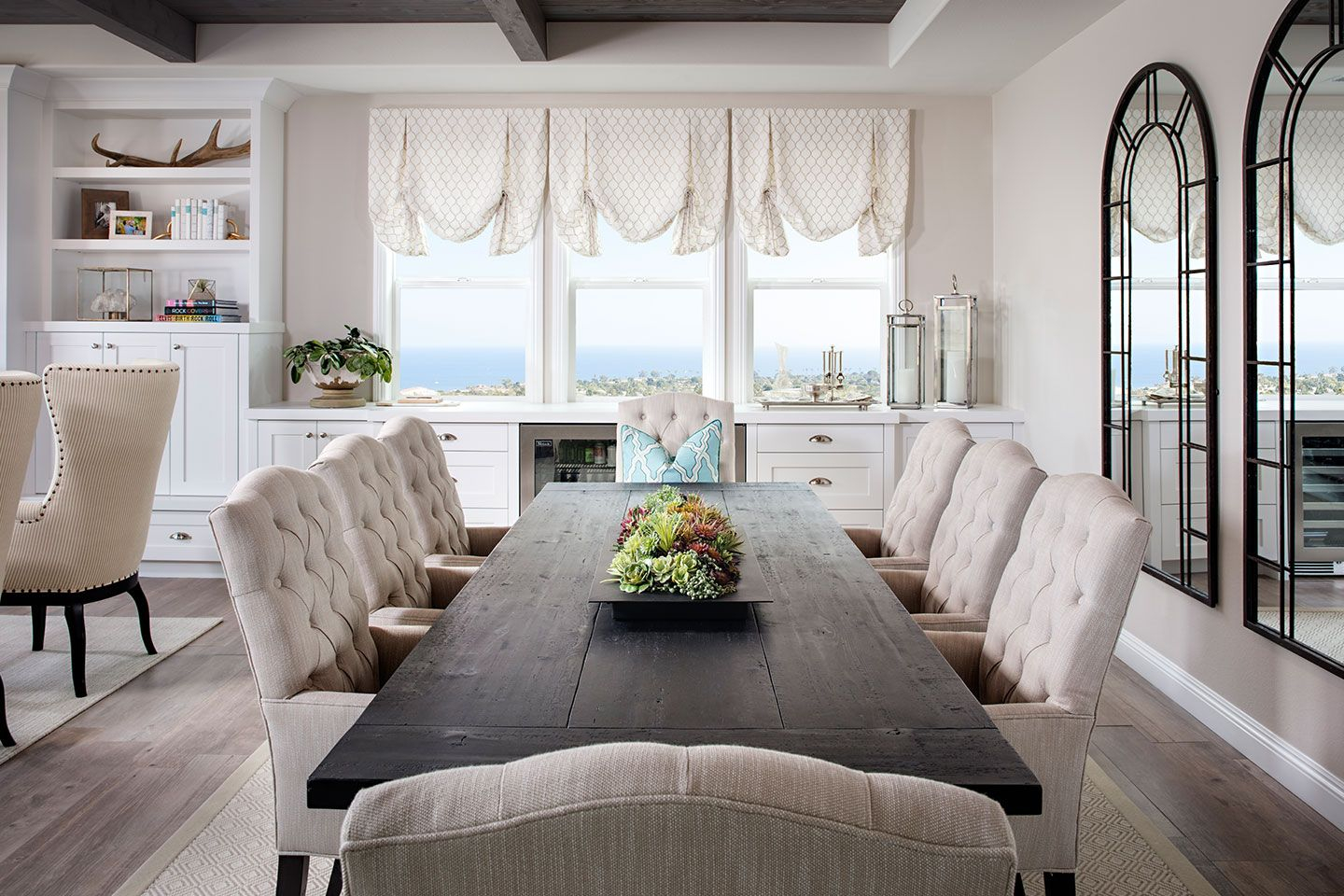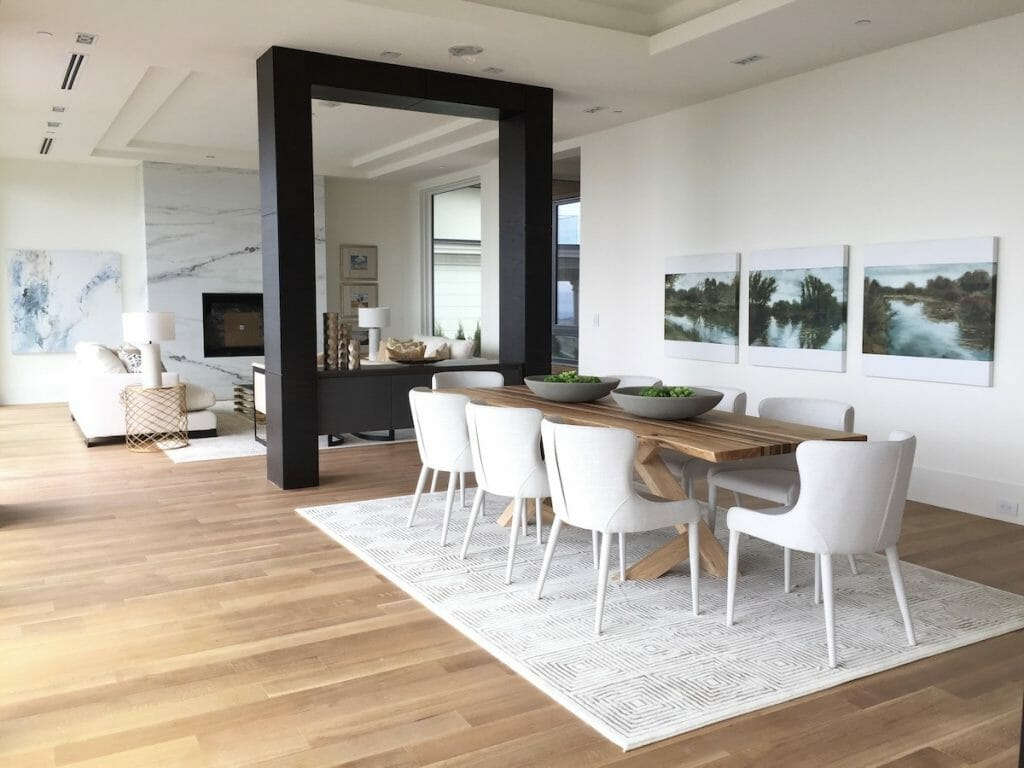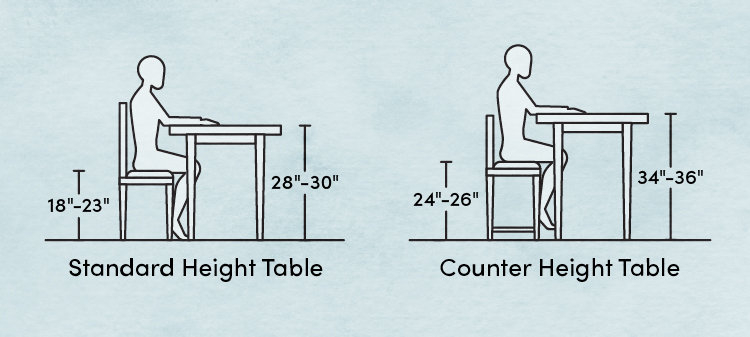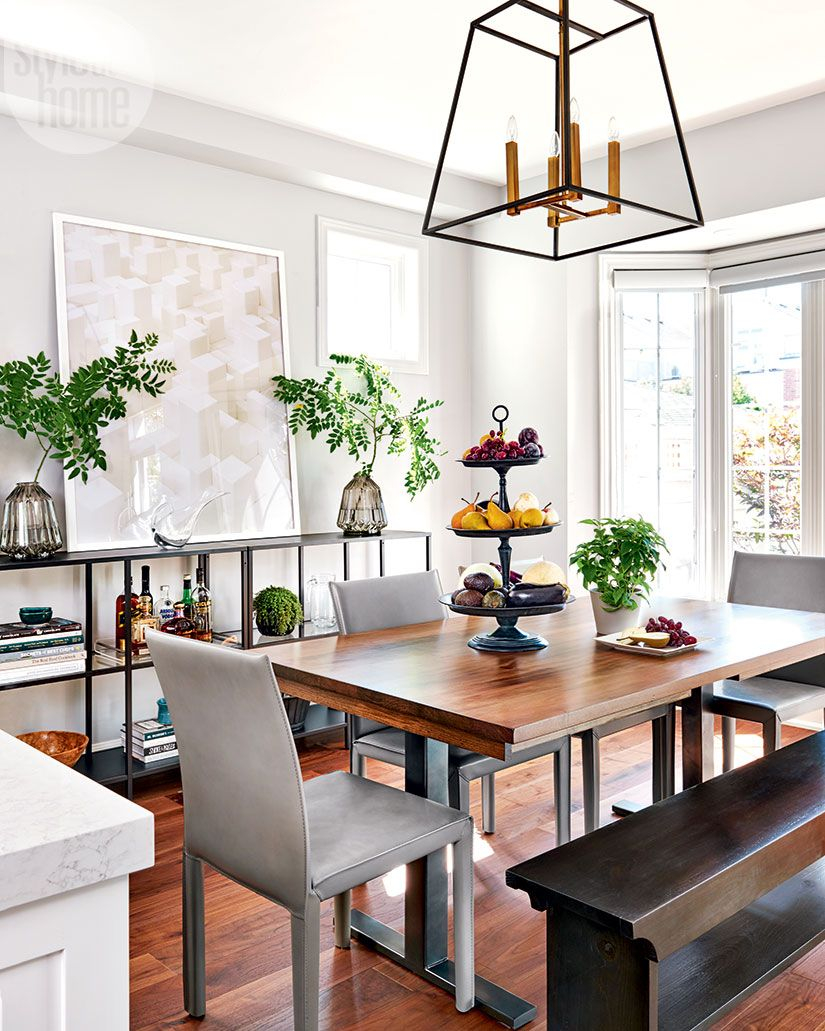Think about your dining table for a moment. Is it the centerpiece of lively family dinners, a quiet spot for your morning coffee, or perhaps a workspace during busy weekdays? For many of us, the dining table is a hub of activity, a place where memories are made and connections are forged. But choosing the right one can feel overwhelming, can’t it? It’s not just about aesthetics; it’s about finding a piece that truly complements and supports the way you live. Let’s dive in and explore how to find that perfect fit.
The dining table is often the heart of a home. It’s where we gather, share meals, celebrate milestones, and sometimes even just catch up on the day. Because it plays such a central role, selecting the right dining table is a significant decision. It needs to be functional for your daily needs, durable enough to withstand the test of time and use, and, of course, beautiful enough to be a focal point. This guide is here to help you navigate the options, moving beyond just the surface to find a table that truly fits your life.
Understanding Your Space and Needs
Before you even start browsing, take a good look at your dining area. How much room do you actually have? Measure it out carefully. You don’t want a table that overwhelms the space or leaves you playing musical chairs just to get around it. Consider the shape of your room and the table. A rectangular table often works well in a rectangular room, while an oval or round table can soften a more angular space and encourage conversation because everyone can see each other. And how many people do you typically need to seat? Are you a cozy two-person household, or do you frequently host larger gatherings? This will dictate the size and extendibility options you should look for.
Material Matters: Durability and Style
The material of your dining table significantly impacts its look, feel, and how it holds up over time. Wood is a classic choice, offering warmth and versatility. Solid wood like oak or walnut is incredibly durable and can be refinished if it gets scratched or worn. However, it can be pricier. Veneers offer a similar look at a more accessible price point, but they can be more susceptible to damage. Glass tables can make a space feel larger and are easy to clean, but they do show fingerprints and can be noisy. For a more modern or industrial vibe, consider metal or concrete. Each material has its pros and cons, so think about your lifestyle. If you have young children, a solid, scratch-resistant wood or a durable laminate might be a better bet than a delicate glass top.
Shape and Size: Finding the Right Proportions
As mentioned, shape plays a crucial role. Round tables are fantastic for intimate gatherings and encourage interaction, as everyone is facing towards the center. Rectangular tables are the most common and offer a good balance of seating capacity and space efficiency. Square tables can work well in square rooms and for smaller groups. When it comes to size, a good rule of thumb is to allow at least 3 feet (about 1 meter) of space around the table for chairs and movement. For seating, plan for about 24-30 inches (60-75 cm) of table edge per person. If space is tight or your needs vary, consider an extendable table. These are lifesavers for those who love to entertain but don’t have a massive dining room.
Style Harmony: Matching Your Decor
Your dining table should complement your existing decor. Are you drawn to modern, minimalist designs? Or perhaps something more traditional, rustic, or bohemian? Think about the overall aesthetic of your home. If your style is eclectic, a table with a unique design or a contrasting material can become a statement piece. For a cohesive look, consider the dining chairs as well. Will they match the table, or will they be a complementary accent? Don’t be afraid to mix and match, but aim for a sense of balance and visual harmony. A beautifully crafted wooden table can anchor a room, while a sleek glass and metal design can enhance a contemporary feel.
Functionality and Maintenance: Practical Considerations
Beyond looks, how will the table function in your daily life? Is it easy to clean? If you envision messy mealtimes with kids, opt for materials that can withstand spills and wipes. Some finishes are more durable and stain-resistant than others. Consider the weight of the table too; if you anticipate needing to move it occasionally, a lighter option might be preferable. Think about the legs or base of the table. Are they obtrusive? Will they get in the way of chairs or people’s legs? Sometimes, a pedestal base offers more legroom and flexibility with chair placement.
Budgeting for Your Investment
Dining tables can range from quite affordable to incredibly expensive. Set a realistic budget before you start shopping. Remember that a dining table is an investment, and while it’s tempting to go for the cheapest option, a well-made table will serve you better and last longer. Consider the cost per year of use. Sometimes, spending a bit more upfront can save you money in the long run by avoiding replacements. Look for sales, consider second-hand options if you’re on a tight budget, and always read reviews to gauge the quality and longevity of a piece before making a purchase.
Choosing a dining table is a personal journey, one that should be guided by your unique lifestyle and preferences. By carefully considering your space, needs, the materials available, and your personal style, you can find a table that not only looks stunning but also enhances your everyday living. It’s about creating a functional, beautiful, and inviting space where you can connect with loved ones and make lasting memories. So, take your time, do your research, and find that perfect centerpiece that truly fits your life.

